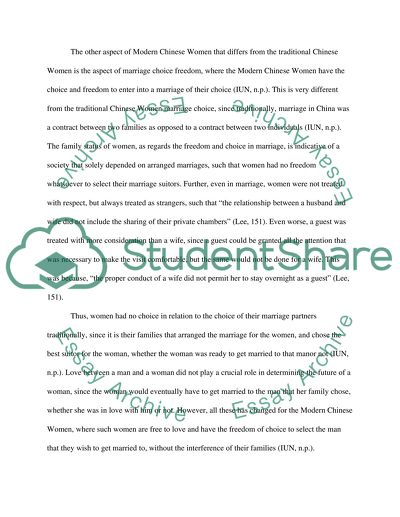Cite this document
(“Traditional Chinese Women and Modern Chinese Women Research Paper”, n.d.)
Retrieved from https://studentshare.org/literature/1667931-traditional-chinese-women-and-modern-chinese-women
Retrieved from https://studentshare.org/literature/1667931-traditional-chinese-women-and-modern-chinese-women
(Traditional Chinese Women and Modern Chinese Women Research Paper)
https://studentshare.org/literature/1667931-traditional-chinese-women-and-modern-chinese-women.
https://studentshare.org/literature/1667931-traditional-chinese-women-and-modern-chinese-women.
“Traditional Chinese Women and Modern Chinese Women Research Paper”, n.d. https://studentshare.org/literature/1667931-traditional-chinese-women-and-modern-chinese-women.


